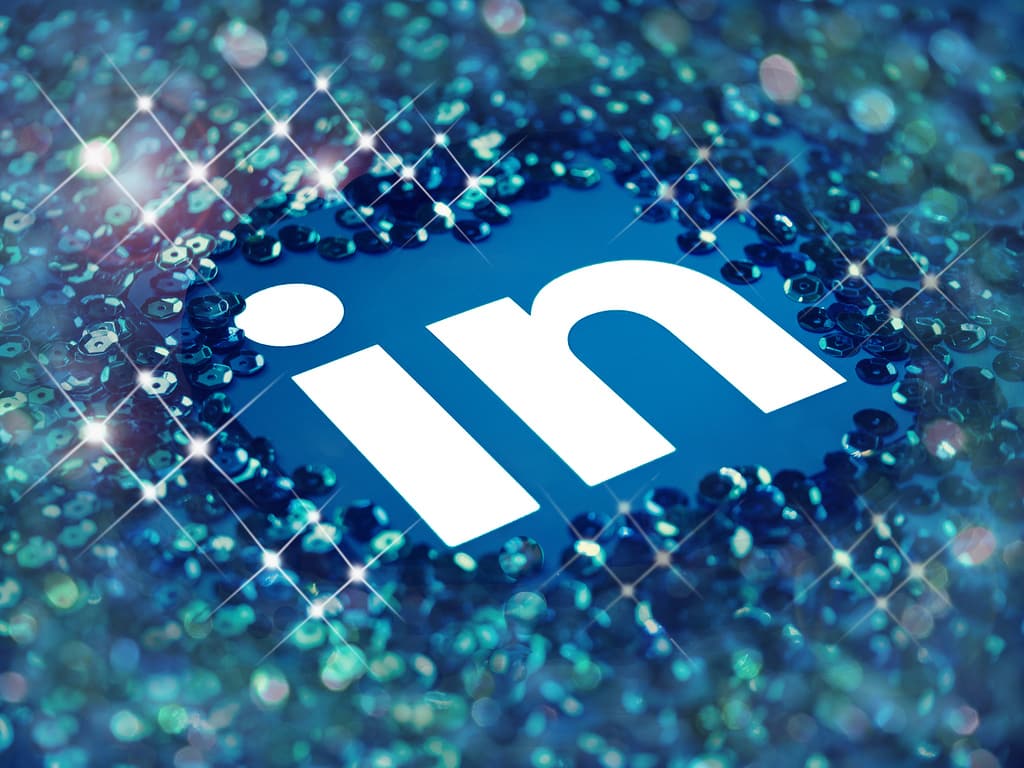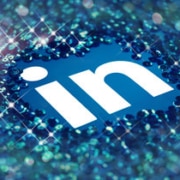5 reasons why LinkedIn is a ‘must’ for PR people
We at The Media Coach love LinkedIn. As a social media specialist, I keep across all the main channels and firmly believe that today – for the PR world – LinkedIn has huge potential but is often underused. It is widely known as a place to put your CV, or as the Facebook of the business world, but it’s so much more than that. As a PR professional if you are not really using this valuable social networking platform you are missing a trick.
Here’s why.
5 Reasons PR professionals should use LinkedIn
- You can find crucial contacts and have an ‘in’, a reason to introduce yourself via your existing network of contacts who validate your experience.
One of the hardest things about the PR world is being able to find the right contacts. Top of the list for this is of course journalists. You can’t hope to have strong relationships with every journalist, especially when you start working with a new client or in a new sector. LinkedIn gives you the potential to ‘know someone that can’, to get introductions. It can also put you in front of potential clients and help you find the next job. It’s the best networking you can do from the comfort of your own chair.
- This is the best place to build credibility and make it visible. Shout about your news or share articles and people who don’t know you very well, feel that they do.
We always need to let people know about our successes. By posting yours or your clients’ stories on LinkedIn they can be shared with a lot of people. If you join targeted groups you can share to an even bigger number; without relying on the mainstream media it can reach thousands of professionals. This also gives you an opportunity, as an individual, to position yourself as an expert in your field of PR and an expert in the industry that your client is in. But remember to apply judgment; you don’t want to give away too much to the competition.
- You can write as much as you like about yourself and in doing so make yourself a searchable commodity. This is way beyond posting a CV.
Unlike many other portals, LinkedIn gives you the opportunity to really elaborate on who you are and what you do. Most of the boxes on your profile give all the space you want. You can explain in detail what your expertise is and you can explain what type of clients you would like to work for. All of this detail is searchable, so LinkedIn helps to make you a saleable commodity that can be found by the search engines. Recommendations are visible and easy to find for anyone who wants to know more about you.
- Keep up to date and learn new things.
We all suffer from information overload but this is a great source for learning more from experts and influencers in your field or that of your clients. Influencers are clearly signposted with the LinkedIn influencer badge and you can get noticed by joining in their conversations by adding and responding to comments on their articles. The LinkedIn news flow encourages short, sharp and succinct content that is easily digestible, so if you follow the right people and join the right groups you can stay up to date with the latest news and trends in your field.
- Helps you find the next job, as long as your profile is up to date!
PRs work in a very transient industry. At some point you will be ready to move on. LinkedIn is one of the best ways to get that new post and develop your career path. We know that the best jobs often come via recommendation but LinkedIn’s searchable system helps you to effectively recommend yourself. If your profile ticks their boxes, people and companies will come to you. Some of my best and most lucrative jobs have come from LinkedIn. With the right references and the right connections companies and those desirable positions can easily start finding you.
There are more reasons why this is the best professional networking system for PR professionals but if these five reasons don’t get you started on your LinkedIn journey, nothing will.
LinkedIn downsides that you should be aware of
Just in case you think this is an advert for LinkedIn, there are some downsides.
First and foremost you have to understand the importance of searchable terms, this is the common sense bit of search engine optimization. Your profile needs to include phrases that potential employers or lucrative contacts are actually likely to search for. We are all having to learn to write this way and SEO applies to LinkedIn just as much as a blog.
Secondly, LinkedIn often changes its formatting. A constant complaint is that buttons move and functions have been hidden in a new place.
Thirdly, it has become a victim of its own success as a lot of the quality and informative posts are now being lost in the noise of low-value content. Just like Facebook’s ‘noise’ if you have a lot of connections you will have to wade through a lot of uninteresting posts before you get to the useful nuggets of information.
Finally, it can be a challenge to reach that one person you really want to reach without paying. You may be able to see them but not be able to message them. There are ways around it, the six degrees of separation principle of LinkedIn can work, as you may have a connection who can introduce you but otherwise you may have to pay to use InMail. This can be frustrating.

We provide bespoke social media training courses.
Overall, the free version of LinkedIn is a great tool. If you want to know more about how to use LinkedIn for your organisation we can build a training course around your particular needs. We provide very bespoke social media training around all aspects including Twitter and LinkedIn. Just book in a call with us.
Photo one supplied by Pixabay
Photo two supplied by Flickr






Leave a Reply
Want to join the discussion?Feel free to contribute!